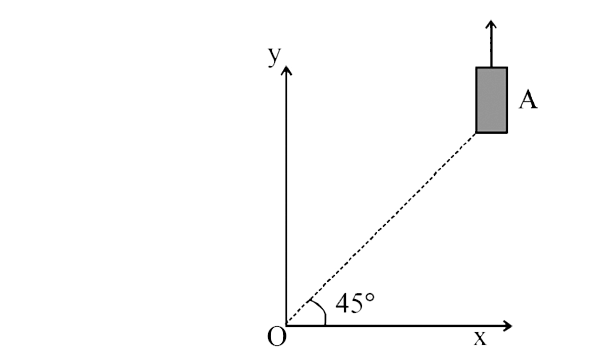The value of ∫sinx−cosx√sin2xdx is equal to
To solve the integral ∫sinx−cosx√sin2xdx, we will follow these steps:
Step 1: Rewrite the Integral
We start with the integral:
I=∫sinx−cosx√sin2xdx
Recall that sin2x=2sinxcosx. Therefore, we can rewrite the integral as:
I=∫sinx−cosx√2sinxcosxdx
Step 2: Simplify the Expression
Next, we can express √sin2x in terms of sinx and cosx:
√sin2x=√2sinxcosx
Thus, we can rewrite the integral as:
I=∫sinx−cosx√2sinxcosxdx
Step 3: Use Substitution
Let t=sinx+cosx. Then, we differentiate t:
dt=(cosx−sinx)dx
This implies:
dx=dtcosx−sinx
Step 4: Substitute in the Integral
Now, substituting t into the integral, we have:
I=∫−dt√t2−1
This is because sinx−cosx=−(cosx−sinx).
Step 5: Evaluate the Integral
The integral ∫1√t2−1dt is known to be:
∫1√t2−1dt=ln|t+√t2−1|+C
Thus, we have:
I=−ln|t+√t2−1|+C
Step 6: Substitute Back for t
Now substituting back t=sinx+cosx:
I=−ln|sinx+cosx+√(sinx+cosx)2−1|+C
We can simplify √(sinx+cosx)2−1 to √sin2x:
I=−ln|sinx+cosx+√sin2x|+C
Final Answer
Thus, the value of the integral is:
I=−ln(sinx+cosx+√sin2x)+C
We start with the integral:
I=∫sinx−cosx√sin2xdx
Recall that sin2x=2sinxcosx. Therefore, we can rewrite the integral as:
I=∫sinx−cosx√2sinxcosxdx
Next, we can express √sin2x in terms of sinx and cosx:
√sin2x=√2sinxcosx
Thus, we can rewrite the integral as:
I=∫sinx−cosx√2sinxcosxdx
Let t=sinx+cosx. Then, we differentiate t:
dt=(cosx−sinx)dx
This implies:
dx=dtcosx−sinx
Now, substituting t into the integral, we have:
I=∫−dt√t2−1
This is because sinx−cosx=−(cosx−sinx).
The integral ∫1√t2−1dt is known to be:
∫1√t2−1dt=ln|t+√t2−1|+C
Thus, we have:
I=−ln|t+√t2−1|+C
Now substituting back t=sinx+cosx:
I=−ln|sinx+cosx+√(sinx+cosx)2−1|+C
We can simplify √(sinx+cosx)2−1 to √sin2x:
I=−ln|sinx+cosx+√sin2x|+C
Thus, the value of the integral is:
I=−ln(sinx+cosx+√sin2x)+C
Similar Questions
The value of ∫sinx+cosx√1−sin2x dx is equal to
(a)√sin2x+C
(b) √cos2x+C
(c) ±(sinx−cosx)+C
(d) ±log(sinx−cosx)+C
View SolutionEvaluate: ∫sinx−cosx√sin2xdx
View Solution∫sinx+cosx√1+sin2xdx
View Solution∫sinx+cosx√1+sin2xdx.
View SolutionThe value of ∫sinx+cosx3+sin2xdx , is
View SolutionOn a frictionless horizontal surface , assumed to be the x−y plane , a small trolley A is moving along a straight line parallel to the y−axis ( see figure) with a constant velocity of (√3−1)m/s . At a particular instant , when the line OA makes an angle of 45(∘) with the x− axis , a ball is thrown along the surface from the origin O. Its velocity makes an angle ϕ with the x− axis and it hits the trolley .
(a) The motion of the ball is observed from the frame of the trolley . Calculate the angle θ made by the velocity vector of the ball with the x−axis in this frame .
(b) Find the speed of the ball with respect to the surface , if ϕ=(4θ)/(3).

View SolutionThe value of ∫cos3xsin2x+sinxdx is equal to
View SolutionWrite a value of ∫sinx−cosx√1+sin2x dx
View SolutionEvaluate : ∫sinx−cosx3+2sin2xdx.
View SolutionEvaluate: ∫sinx+cosx√1−sin2x dx
View Solution
